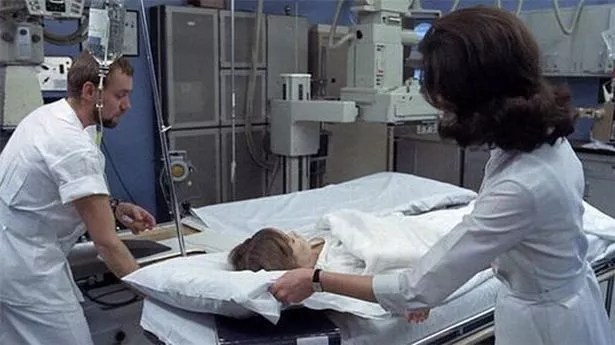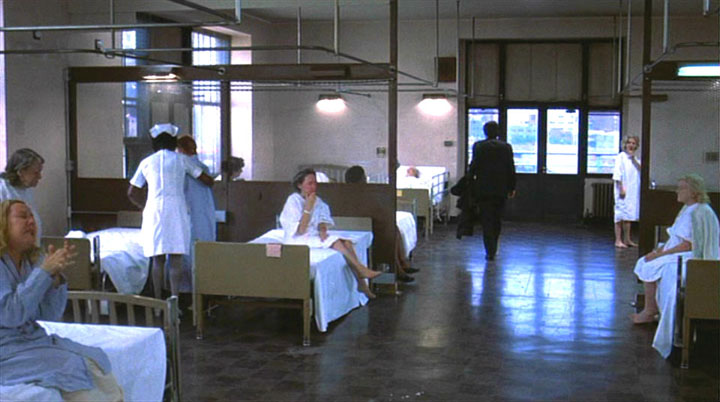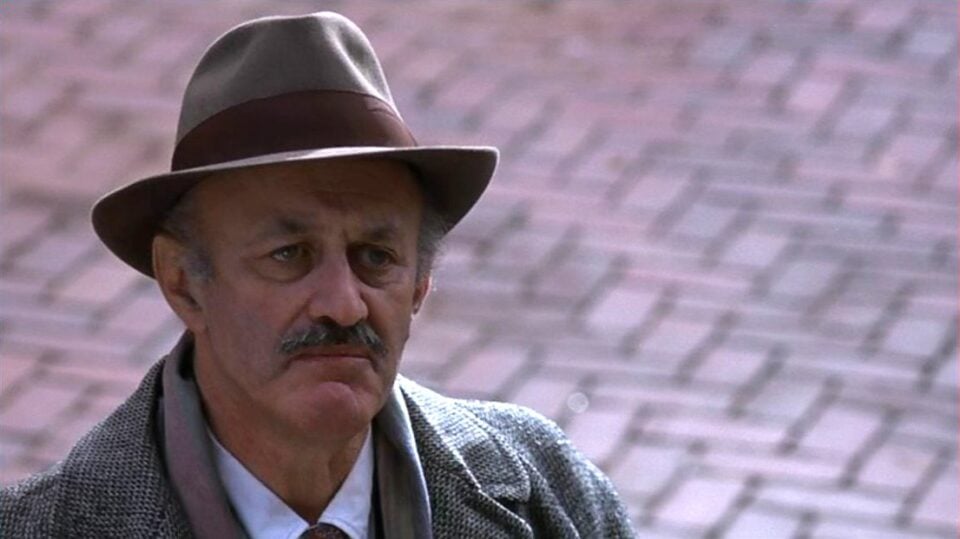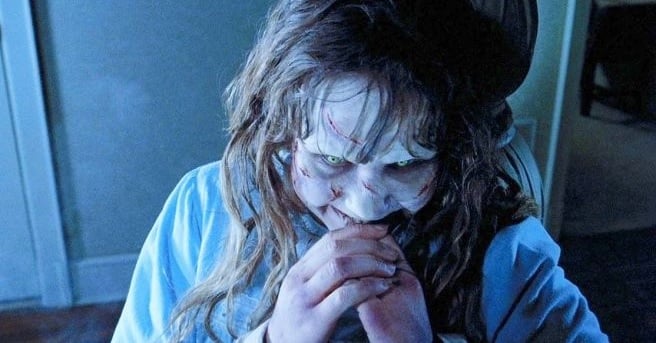5 Scariest Moments in ‘The Exorcist’

The Exorcist: Believer is seeking to be the second biggest thing this October—right behind Taylor Swift’s Eras tour. But if it hopes to even capture a fraction of the audience the original scared up back in 1973, it needs to return to the source.
It’s maybe a little cliche to say The Exorcist is the scariest film of all time, but it’s undeniable that, despite numerous sequels and imitators, the late William Friedkin’s original film and the late William Petter Blatty’s original novel remain deeply unsettling.
But why? So what did The Exorcist do in its first outing that so many imitators failed to do?
The Existential Horror of Parenthood

Your daughter is ill. You don’t know what’s happening to her. She’s acting differently. You take her to specialists, one after the other, and not one of them can explain what’s wrong with your daughter. And she isn’t getting better—in fact, she’s getting worse.
This existential horror is at the core of The Exorcist. Many films that copied The Exorcist wanted to jump into the supernatural stuff. However, in the original film, nothing supernatural occurs until the film’s second half, and the film is all the stronger for it.
What makes the film so scary is that human fear. Seeing someone fly or have their head spin isn’t inherently scary. What makes it scary is that we’re seeing these events through the eyes of a mother who is worried for her daughter, but cannot figure out what’s wrong or how to help.
The Death of Karras’ Mother

Another vastly underrated moment in The Exorcist is Father Karras’ mother’s death. Karras struggles with his faith and commitment to the church throughout the film. The biggest obstacle to this is not the demon inside Regan, but the passing of his mother.
As a priest, Karras cannot earn enough money to take care of his old mother. He can’t afford to put her in a good hospital. He blames himself for her death, but arguably worse, it’s clear his mother is hurt by his son’s “betrayal” by putting him in the hospital.
This existential horror is presented in two haunting moments. One is the dream sequence where Karras watches his mother wordlessly descend into a subway. The second is when the demon Pazuzu, through Regan, taunts Karras about his dead mother rotting in Hell. It exploits a very real, human fear— one that, again, many knock-offs of The Exorcist outright ignore.
The Detective Coming to Ask About Regan (Before the Cross Scene)

Most people, when discussing the most disturbing scenes in The Exorcist, recall the scene where Regan masturbates with the cross. While that is deeply disturbing, what makes it more disturbing is the scene that leads into that moment.
Detective Kinderman visits Chris MacNeil to discuss the death of the director Burke Dennings. The conversation is very subdued, with Chris at this point already considering her daughter is possessed. As the conversation continues, Kinderman reveals that Burke must have been thrown from Regan’s window and that Regan was the only one in the room.
Kinderman doesn’t accuse Regan of murdering Burke directly, but Chris puts two and two together, judging by her conversation later with Karras. The internal tension of the scene leads into the scene that follows: the masturbation scene.
The Cross Scene

The scene where Regan masturbates with a cross is so horrific and awful that very few films have ever tried to imitate it. Look at every knock-off of The Exorcist. You’ll see head spinning, bodily harm, and projectile vomit, but you will seldom see something as overtly blasphemous.
Once you look past the blasphemy, however, the scene gets worse. Regan is a twelve-year-old girl. It’s hard to watch this scene and not draw a connection to both menstruation and sexual assault. The demon Pazuzu is not just blaspheming God. He’s also torturing the little girl for the sole purpose of putting her through trauma and pain.
But then there’s Chris, Regan’s mother. She’s rendered completely powerless in the face of the demon. Pazuzu literally rubs her face in what he’s doing to Regan and mocks her over it. Pazuzu might be a demon, but his cruelty is remarkably human and realistic. In knockoffs, the demon doing horrible things is the end in and of itself. Here, Pazuzu tailors his actions to inflict as much psychological and emotional harm as possible.
The Exorcism Fails

Despite being a heavily Catholic story, there is never any sign of God throughout The Exorcist or its follow-ups. We don’t see God step in to draw the demon out. The exorcism at the end features the priests shouting God’s name, but what does it actually do?
In the end, both priests die. Karras only wins by inviting the demon into himself and sacrificing his life to defeat it. Despite Catholicism being omnipresent, there is never any sign of God throughout the series. This isn’t like The Omen, where God shows up in the third film to solve all the problems.
In the extended cut of The Exorcist, Father Merrin speculates that the reason demons possess innocent people is to make humanity despair. They want people to feel as though there is no God to love them. In a world where evil exists and there is no sign of good, yeah, the demon succeeded at his goal.
Categorized:Editorials
